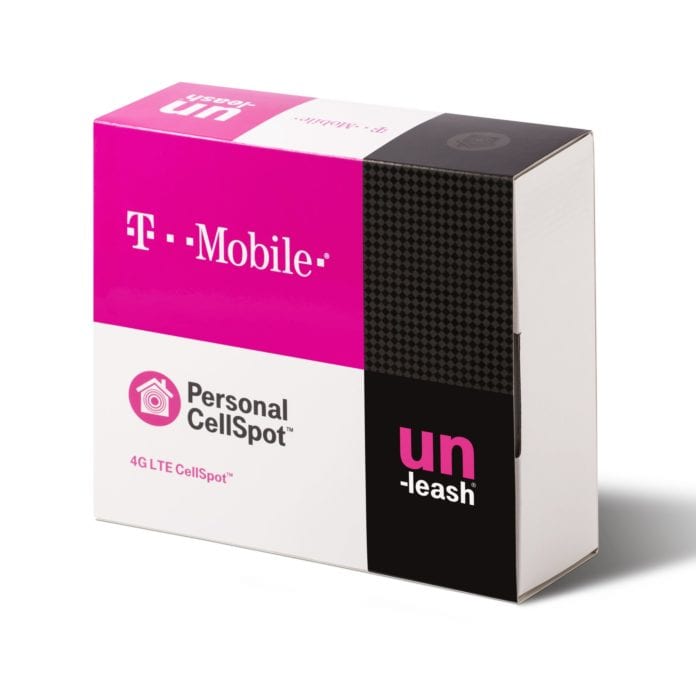The market for small cell chipsets has not developed as quickly as vendors hoped it would, but that is probably a function of carrier and consumer choices that have little to do with the chips themselves.
Outdoors, carriers are choosing fiber-fed remote radio units more often than true small cells that include a baseband processor. Indoors, customers are often choosing Wi-Fi access points instead of femtocells, especially now that more phones and networks support voice over Wi-Fi.
Broadcom and Freescale were two major vendors of small cell chipsets and both of these companies have recently been purchased. Broadcom is thought to have exited the business after it was purchased by Avago, and Freescale reduced its commitment significantly after NXP Semiconductor bought the company. Now, the former Freescale will become part of Qualcomm, which is buying NXP. Qualcomm has a small cell chip business and its solution powers the Nokia femtocell that T-Mobile US markets to its customers.
Small cell chip solutions typically integrate several of the semiconductors found inside a larger macrocell base station. According to analyst Ear Lum of EJL Wireless Research, a macrocell needs a network processor chip, a multiport Ethernet switch for backhaul, a modem and a field programmable gate array to handle the common public radio interface between the baseband and the radio. In a small cell, several of these functions are combined.
“You still have the same functions, they’re just scaled down,” Lum said. “When you scale down you can get everything onto one chip.”
Processors, modems and switches have all been scaled down and combined on small cell chipsets. Lum pointed out that a true small cell with wireless backhaul will not need one of the biggest chips inside a base station: the FPGA. But the more commonly deployed remote radio heads are usually connected by fiber to a base station and therefore they do need to use CPRI, typically enabled by an FPGA.
According to analysts Jag Bolaria and Tom Halfhill of The Linley Group, chip vendors have introduced integrated base station processors that combine radio baseband processing, CPU cores for scheduling, accelerators, input-output interfaces and memory controllers. Bolaria said that in the past, digital signal processors typically performed the baseband processing, but now this is often handled by an application-specific integrated circuit. The original equipment makers that design the small cells may often develop their own ASICs.
See also Small cell chip vendor update.
Follow me on Twitter.

